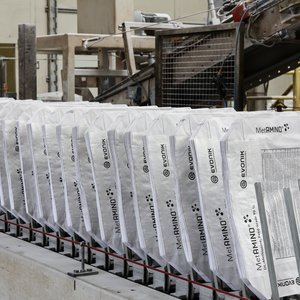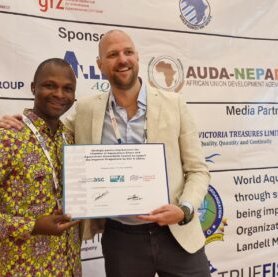Researchers at Ctaqua Technology Centre have spent the past two years developing acoustic techniques to boost feeding processes in marine aquaculture facilities.
Feed control has traditional been through direct observation of fish behaviour, but as aquaculture has intensified and production become more automated, feeding tables have become the norm to calculate a specific food daily rate. However, feed intake by fish can fluctuate due to multiple factors, and this in turn can lead to wasted feed or underfed fish.
As feed accounts for between 50 and 60 per cent of the costs of production, it is vital to have a better measure of control.
The researchers had previously discovered that passive techniques can be highly effective in controlling feeding, and these techniques were used to identify the sounds of fish feeding. This in turn enabled a team from the Naval and Marine Technology Centre, a major contributor to the project, to create algorithms that can be integrated into automatic feeders. Smart sensors will be used to stop the feed supply once they have detected that feeding has ended.
To undertake the algorithm analysis, the researchers worked with Cultivos Marinos Integrales (Cadiz) and Esteros de Canela (Huelva), both of which farm sea bream (Sparus aurata).
Ctaqua is concurrently working on a separate part of the project, “Non-invasive system to determine total biomass in fish production systems,” which also aims to develop and boost existing technologies to calculate the exact number and size of fish being farmed in an estuary.
Source: FIS.com. Read the full story here.










